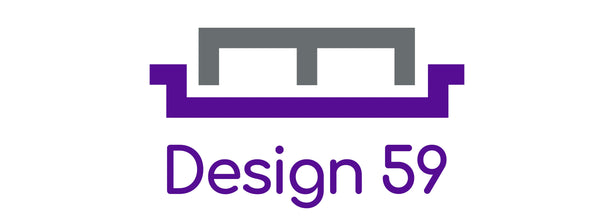Table legs are an essential component of any table, as they provide the necessary support and stability. However, not all table legs are created equal, and choosing the right type of table leg can make a significant difference in the table's function, style, and overall look. In this article, we will explore the different types of table legs available and their unique features, so you can make an informed decision when choosing the right table leg for your needs.
Types of Table Legs
There are several types of table legs available in the market, each with its own unique features and benefits. Let's explore each type of table leg in detail.
Tapered Table Legs
Tapered table legs are a popular choice for modern and minimalist-style tables. As the name suggests, these legs taper towards the bottom, giving them a sleek and elegant look. Tapered legs are usually made of wood, but metal and plastic versions are also available.
Straight Table Legs
Straight table legs are the most traditional and common type of table legs. They are usually made of wood and have a simple and straightforward design. Straight legs offer excellent stability and support and are ideal for heavy tables.
Turned Table Legs
Turned table legs are a popular choice for traditional and modern style tables. These legs are carved and shaped on a lathe, giving them an intricate and decorative look. Turned legs are usually made of wood, but metal and plastic versions are also available.
Cabriole Table Legs
Cabriole table legs are a popular choice for French and Rococo-style tables. These legs feature an S-shaped curve and often have decorative carvings or embellishments. Cabriole legs are usually made of wood and are perfect for creating a unique and elegant look.
Hairpin Table Legs
Hairpin table legs are a popular choice for modern and industrial-style tables. These legs are made of metal and feature a minimalist and simple design. Hairpin legs are easy to install and offer excellent stability and support.
Factors to Consider When Choosing Table Legs
Choosing the right type of table legs for your table involves considering several factors. Here are some essential factors to keep in mind:
Table Height
The height of your table legs will determine the overall height of your table. It's important to choose table legs that are the right height for your needs. Standard table height is around 29 inches, but you may need shorter or taller legs depending on your table's purpose.
Table Material
The type of material used for your table will affect the type of table legs you can use. For example, wooden table legs may not be suitable for a glass table, as they may not provide enough support.
Table Style
The style of your table will also affect the type of table legs you can use. For example, modern-style tables may look better with hairpin legs, while traditional-style tables may look better with turned or cabriole legs.
FAQs
Q: Can I mix and match different types of table legs? A: Yes, you can mix and match different types of table legs to create a unique and personalized look.
Q: Can I install table legs myself? A: Yes, most table legs are easy to install and come with instructions. However, if you're not comfortable with DIY, you can always hire a professional.
Q: What is the best material for table legs? A: The best material for table legs depends on your needs and preferences.
Popular Materials for Table Legs
The material used for table legs can significantly impact the table's overall look, durability, and stability. Here are some popular materials used for table legs:
Wood
Wooden table legs are a classic and popular choice for most tables. They come in different types of wood, such as oak, maple, and parawood, and are easy to work with, making them an ideal choice for DIY projects. Wooden table legs are sturdy and offer excellent support, making them perfect for heavy tables.
Metal
Metal table legs are a modern and industrial-style choice for most tables. They come in different finishes, such as chrome, brass, and black powder-coated, and can support a wide range of table tops. Metal table legs are durable, easy to maintain, and offer excellent stability.
Plastic
Plastic table legs are a lightweight and affordable choice for most tables. They come in different colors, shapes, and sizes and are ideal for outdoor and children's tables. Plastic table legs are easy to clean, weather-resistant, and require no maintenance.
Custom Table Legs
If you can't find the right table legs for your table, you can always opt for custom table legs. Custom table legs are made to order and can be tailored to your specific needs and preferences. You can choose the material, style, height, and finish of your table legs to match your table's design.
Conclusion
Choosing the right type of table legs for your table is essential to ensure stability, support, and style. Whether you're looking for a modern or traditional look, there are plenty of table leg types available to choose from. Consider the table's height, material, and style, and don't be afraid to mix and match different types of table legs to create a unique and personalized look. With the right table legs, you can transform any table into a functional and beautiful piece of furniture.

